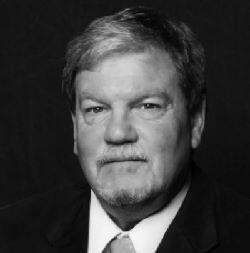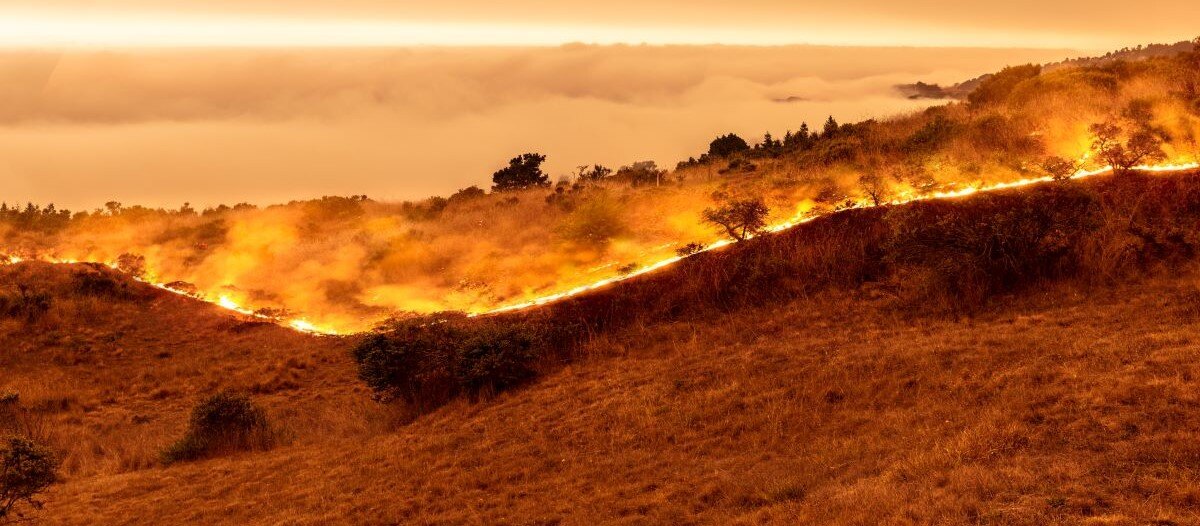Communication Matters
Making connections in the FM world

To those who ascribe to the "six degrees of separation” theory, then every facility manager is connected to each other. Six degrees of separation is the idea that all people are six or fewer social connections away from each other. As a result, a chain of friend-of-a-friend statements can be made to connect any two people in the world in a maximum of six steps.
When two professionals communicate with others, those connections can increase exponentially. Communication lies at the heart of all social relationships and great communication begins with a connection. Conversely, connections start communication. FMs should capitalize on the affinity that has developed within the profession. They could start by connecting with other IFMA chapters, councils and communities of interest. They could then branch out to kindred professions.
FMs are good at networking; however, their reach is sometimes limited. They may make only local connections, seeking and giving information with those other FMs close to them. Or it may be strictly geographical: North American centric, or just in parts of Europe or Africa or Asia Pacific. The next step for FMs is to connect with others in the profession beyond their preestablished boundaries.
When FMs espouse the positive aspects of the profession only among themselves, it sometimes could be seen as preaching to the choir. They talk within their own circles, which is fine for networking, for sharing success stories or best practices, but it is time to expand their horizons.
An estimate of how many people do not understand the FM profession is incalculable. To many, FMs are the unseen forces that miraculously make things happen but are virtually out of sight until needed or services are missed. There is a need for greater visibility of the trade.
As FM communications skills go, combined with their pride in the job, there are other audiences who they should approach to increase awareness of what this profession is all about. Corporate real estate, human resources, green building certification bodies, other trade organizations, upper management, and more importantly, the world at large, all need to hear what FMs do to make this planet a better place. With so many ways to communicate, FMs can spread messages globally and create discourse. Effective communication opens a two-way street that allows individuals to interact, engage and collaborate, improving organizational efficiency and productivity and an appreciation of each FM’s role in society.
To make communication matter, FMs must create messages appropriate to their target audience. They need to create a strategy that will maximize the impact of the information they are imparting. The goal should be to educate, inform and influence the opinions of the select groups.
The ways away
The first long-distance communication in recorded history was when the Greeks sent a messenger pigeon to deliver results of the first Olympiad in 776 B.C.
Other early methods of long-distance communication made use of such media as smoke, fire, drums and the reflected rays of the sun. Human messengers on foot or horseback became common in Egypt and China with messenger relay stations built. Other times, fire messages were sent from relay station to station.
Visual signals given by flags and torches were used for short-range communication, which led to the two-flag semaphore system still used well into the 20th century.
Then technology started to influence communication.
-
1843 A demonstration telegraph system 35 miles long between Washington, D.C., USA, and Baltimore was installed.
-
1877 Construction of the first regular telephone line from Boston to Somerville, Massachusetts, USA, had been completed. By the end of 1880, there were over 49,000 telephones in the United States. Transcontinental service began in 1915.
-
1901 The first radio signal to cross the Atlantic from Europe to America was transmitted.
-
1906 The first voice and music signals heard over radio waves were broadcast.
-
1920s Television began to take shape.
-
1926 A public demonstration of a television system occurred in London; two years later, the first television stations launched.
-
1970s Interconnected, networked computers emerged. What became the internet hit the general public in the 1990s.
-
2020 Approximately 4.5 billion people, more than half the world’s population, have access to the internet.
Selection of the appropriate delivery method is extremely important in connecting with others. Messages must be sent so that they will be received and understood. In this respect, the medium for communication must be right for the groups that FMs want to reach. The medium and the content are intertwined. The central message or effect of something is not only in the content it carries, but in the way it is presented.
Momentum after pandemic
One of the first things FMs can tout is their performance throughout the COVID-19 pandemic. The old saying, “how quickly they forget,” is never more applicable than when dealing with facilities. Unless FMs continually remind employees of the efforts that were taken in maintaining and delivering a clean, healthy workplace, business as usual will continue and memories will fade. FMs must consistently reaffirm they have taken care of the facility during mandated vacancies as well as normal working conditions.
Connecting with facility stakeholders is integral to sustaining a positive image for the FM team. Periodic newsletters, bulletin board material, having a page on the company website or periodically sending emails will reinforce the benefits FMs provide.
Reaching a new cadre of FMs
Younger generations are searching for a relevant profession that supports their stance on world events and must be convinced that they can make a difference. Exposing them to the FM profession and its positive impact can help engage them. They need to be shown that FM is a proactive profession focused on enhancing quality of life and sustaining natural resources. Young people need to understand that climate change is real and they can make a difference as FMs. Connections must be made between FM practitioners and those looking for a relevant field in which they can make a positive impact. They should be shown that in a unified and focused approach through the FM discipline, workable solutions on environmental issues can be globally implemented. With the prevalent use of social media, there are no boundaries on where these messages can go.
Government connections
Making a visit to elected officials will go a long way in establishing FM’s relevance. Each discussion has an impact. Voters and constituents catch the attention of legislators and create awareness of issues that must be captured and addressed, whether it be positive or negative. It is a great opportunity for FMs to discuss the profession and the benefits they provide. The talks could center around topics like sustainability, education needs, infrastructure, job creation or just the fact that FMs are a valuable resource for advice and guidance when the built environment is involved.
It is important that FMs help shape public policy and participate in the process of decision making. Reaching out to elected officials in all capacities can make a difference; face-to-face meetings are great, and letters and emails can also be effective. Legislators need help understanding the importance of the built environment and the unique perspective FMs have on related best practices. They must feel comfortable with the fact that FMs can help ensure the decisions they make will be well informed. In any office, advocacy through simple visits or communications can result in multiple benefits for FMs, the profession and the communities that legislators serve.
Media avenues
Reaching out to local media is another way for FMs to connect with the outside world. There are steps that do need to be taken. Creating relationships with media outlets is an integral part of utilizing this vehicle.
Every story needs a hook. Sustainability is a great attention-getter and is not just a human interest piece, although it deals with the health, welfare and future of all humans. It goes deeper than that. Scientists talk about the threats and dangers of climate change, but FMs have the solutions. Presented correctly, that could gather attention. If it makes the local news, it could go national; then international. World FM Day is a case in point. In 2022, some of the best and brightest in the facility profession presented sessions on sustainability. Media coverage of this annual event would elevate exposure beyond expectations. All it would take is making the right connections ahead of World FM Day 2023.
Talking it up
The biggest problem in communication is the illusion that it has taken place. FMs are so familiar with what benefits they provide, sometimes it is assumed that everyone else sees things the same way. FMs must be cognizant that most of those not in the profession are not fully aware of what the job entails. It is incumbent on FMs to expand their vision, or at least provide a light to guide the way. FMs should want the message to reverberate throughout the world: What has FM done for you lately? Let them count the ways.
There are opportunities extant in the FM profession to successfully communicate and connect, and these circles are expanding with the increases in available technology. Connections make the world go around. The call is for FMs to broaden their horizons, while continuously making their mark, going outward and upward. There are no limits to how far the word can be spread.

Bill Conley, CFM, SFP, FMP, LEED AP, IFMA Fellow, is a facility manager at Yamaha Motor Corp. in Cypress, California, USA. He previously served as owner and chief sustainability officer of CFM2, a facility management company. Conley has more than 40 years of experience in the facility management profession and has been a proponent of sustainable operations for more than 20 years. Conley has served on the IFMA board of directors, is a recipient of IFMA’s Distinguished Member of the Year award and has received the association’s Distinguished Author award three times. He has been a regular contributor to FMJ for almost 30 years and has authored more than 100 FMJ articles.
Read more on Networking , Career Advancement and Communication or related topics Networking , IFMA Membership and Career Advancement
Explore All FMJ Topics









